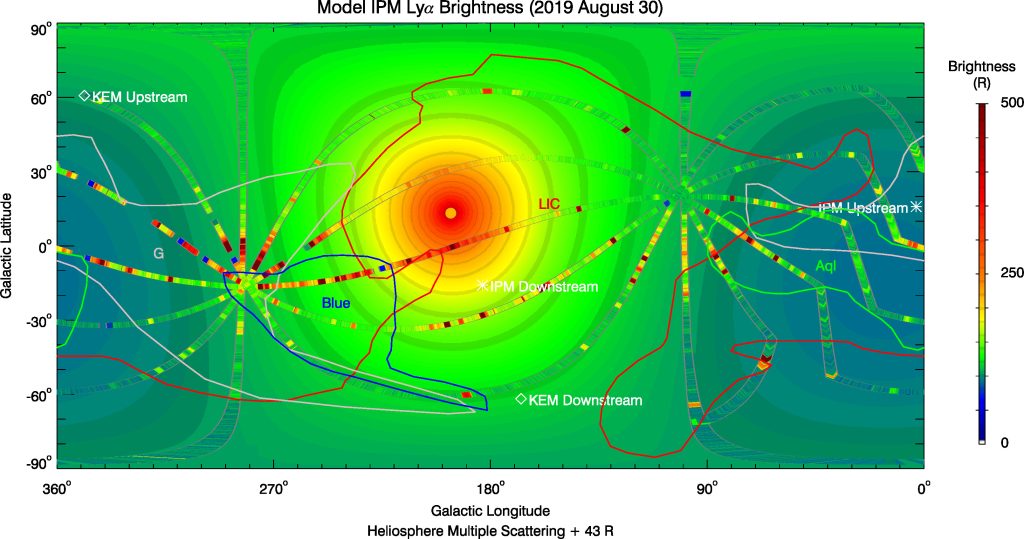The death throes of red supergiants
For the first time, astronomers have imaged the dramatic end of a red supergiant's life in real time. They observed the rapid self-destruction of a massive star located 120 million light-years from Earth in the galaxy NGC 5731 and its final death throes before collapsing into a type II supernova. Led by researchers at Northwestern University and the University of California, Berkeley (UC Berkeley), the team observed the red supergiant during its last 130 days before its fatal detonation. The discovery, published in the Astrophysical Journal, contradicts previous ideas about how red supergiants evolve just before they explode. Previous observations…







